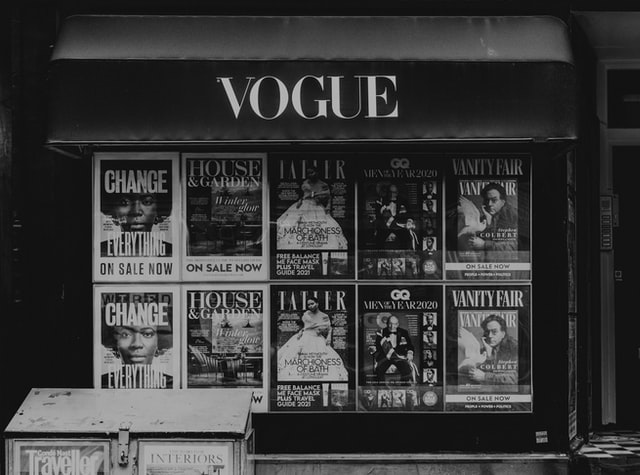
“Gendered fashion” is simply a statement that designers only design clothes for certain genders, rather than catering to everyone. As with other forms of art, fashion has always been gender-biased. However, these days, the lines between the sexes are becoming blurrier and it seems that designers are no longer concerned with catering to one gender over another. Let’s see below the role of gender in fashion.
Gender stereotypes
Women were generally expected to dress femininely while men were expected to wear masculine clothing. This stereotype was somewhat prevalent during the Victorian era when women’s dresses became shorter and more revealing. In terms of design, this meant that men’s trousers would be fitted at or above the knee while women’s pants would be tailored at their ankles visit fronlinecasino. However, there have been many changes in today’s society where women’s garments now cover both legs, though they still tend to be lower cut as compared to men’s garments.
The rise of feminism
Today, most people understand that women should not be restricted by societal expectations and can choose what kind of clothes they are comfortable wearing. But even before this time, feminists argued that women deserved equal rights regarding employment, education, and political participation. With this argument came the idea that women could demand equality in all aspects of life, including attire. Feminists took on the cause of the emancipation of women and demanded equal treatment in terms of politics and fashion. They also fought to end sexist advertising which influenced buying decisions and gave an unfair advantage to males (i.e., they were shown in better quality shirts, jackets, etc.).
Fashion trends & popularity
Although women do enjoy dressing up quite often, they seem to be attracted to some styles more than others. For example, women often favour high necklines, short skirts, and bright colours. On the opposite side of the spectrum, men prefer darker colours such as black, navy blue, and grey because they feel that those colours make them appear tougher.

Gender norms
There are several examples of why gender norms exist. One of them includes the fact that females have fewer opportunities to earn money than males (as mentioned previously). Another explanation is how the body shape varies from person to person. For instance, women usually have smaller waists whereas men have larger ones; as a result, the latter can fit into more tight-fitting shirts and pants.
Designer preferences
Designers play a huge part in shaping our daily lives, especially the way we dress. When looking through history books, you will notice that the style of fabric used for clothing changed considerably throughout time. These fabrics include wool, linen, cotton, silk, lace, velveteen and denim visit leroi johnny casino en ligne for more information. Each fabric lends itself to different types of clothing and overall patterns. It is important to note that every designer has his/her preference in terms of what type of cloth he/she likes using. Some designers enjoy using velvet while others may love leather. Generally speaking, male designers like using materials like wool, denim, and suede because they believe that they look more formal. On the contrary, female designers enjoy using polyester, nylon, satin and silk because they find those materials to look softer.
Personal choices
People have varying tastes when it comes to fashion. Some individuals simply don’t care about what they’re wearing while others spend hours deciding whether or not to buy new clothes. Of course, if you’re interested in knowing what other people think of your outfit, then you can always ask someone else about it. This may lead you to learn something interesting about yourself!
Clothing brands
To a certain extent, clothing companies take pride in having a particular brand name. While Nike can be described as a sportswear company, Calvin Klein represents undergarments. Other popular labels include Levi Strauss, Armani, Ralph Lauren, and Hugo Boss. Companies strive to build awareness around their product lines so the public might eventually become familiar with them. Sometimes this can happen as a result of celebrities promoting a certain label or a famous individual endorsing a specific brand.

In conclusion, fashion isn’t just an activity associated with personal appearance but also an aspect of society at large. Even though fashion seems subjective, there are many elements involved including trends, designs, cultures, and societal expectations. The author hopes that readers will continue exploring the many factors of fashion.